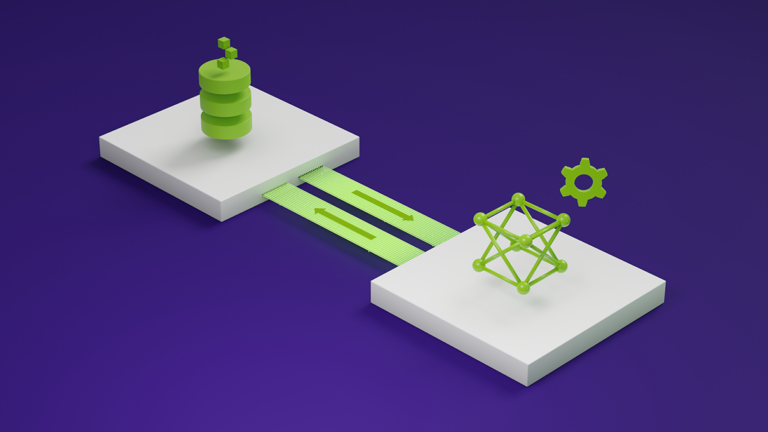AI is changing industries and economies worldwide. Workforce development is central to ensuring the changes benefit all of us, as Louis Stewart, head of strategic initiatives for NVIDIA’s global developer ecosystem, explains in the latest AI Podcast. “AI is fueling a lot of change in all ecosystems right now,” Stewart said. “It’s disrupting how we
Read Article
Just Released: NVIDIA DeepStream 7.1
 The new release introduces Python support in Service Maker to accelerate real-time multimedia and AI inference applications with a powerful GStreamer…
The new release introduces Python support in Service Maker to accelerate real-time multimedia and AI inference applications with a powerful GStreamer…
The new release introduces Python support in Service Maker to accelerate real-time multimedia and AI inference applications with a powerful GStreamer abstraction layer.
A team of generative AI researchers created a Swiss Army knife for sound, one that allows users to control the audio output simply using text. While some AI models can compose a song or modify a voice, none have the dexterity of the new offering. Called Fugatto (short for Foundational Generative Audio Transformer Opus 1),
Read Article
The meaning within the Mandelbrot set
 Generative AI is transforming every aspect of the automotive industry, including software development, testing, user experience, personalization, and safety….
Generative AI is transforming every aspect of the automotive industry, including software development, testing, user experience, personalization, and safety….
Generative AI is transforming every aspect of the automotive industry, including software development, testing, user experience, personalization, and safety. With the automotive industry shifting from a mechanically driven approach to a software-driven one, generative AI is unlocking a world of possibilities. Tata Consultancy Services (TCS) focuses on two major segments for leveraging…
 Transformers, with their attention-based architecture, have become the dominant choice for language models (LMs) due to their strong performance,…
Transformers, with their attention-based architecture, have become the dominant choice for language models (LMs) due to their strong performance,…
Transformers, with their attention-based architecture, have become the dominant choice for language models (LMs) due to their strong performance, parallelization capabilities, and long-term recall through key-value (KV) caches. However, their quadratic computational cost and high memory demands pose efficiency challenges. In contrast, state space models (SSMs) like Mamba and Mamba-2 offer constant…
 Generative AI models are advancing rapidly. Every generation of models comes with a larger number of parameters and longer context windows. The Llama 2 series…
Generative AI models are advancing rapidly. Every generation of models comes with a larger number of parameters and longer context windows. The Llama 2 series…
Generative AI models are advancing rapidly. Every generation of models comes with a larger number of parameters and longer context windows. The Llama 2 series of models introduced in July 2023 had a context length of 4K tokens, and the Llama 3.1 models, introduced only a year later, dramatically expanded that to 128K tokens. While long context lengths allow models to perform cognitive tasks…
SANTA CLARA, Calif., Nov. 21, 2024 — NVIDIA will present at the following events for the financial community:
UBS Global Technology and AI Conference
Tuesday, Dec. 3, 6:35 a.m. Pacific…
